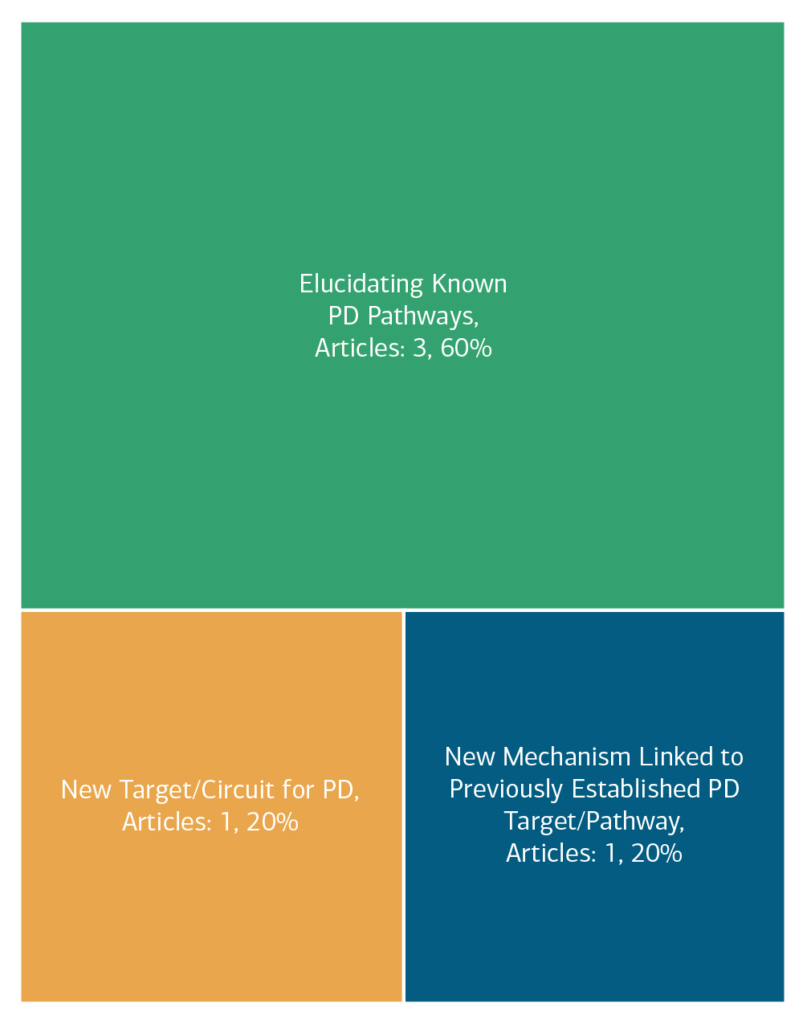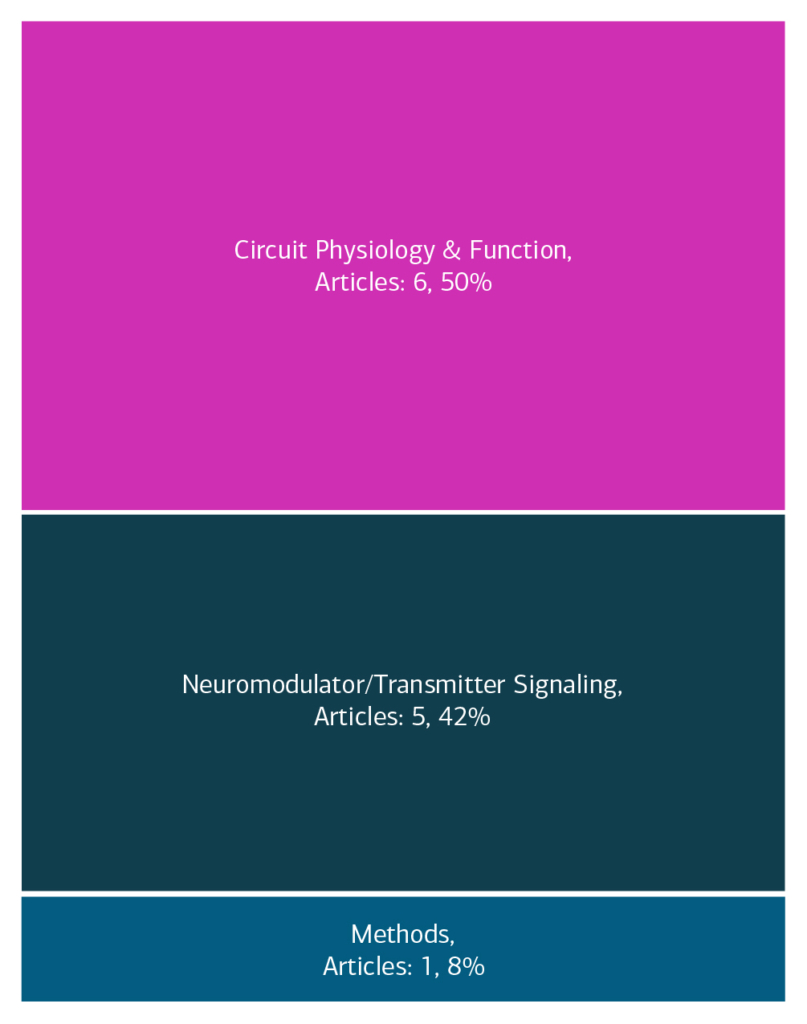Circuitry and Brain-Body Interactions | 2021
Redefining Parkinson’s Disease Pathophysiology Mechanisms in the Context of Heterogeneous Substantia Nigra Neuron Subtypes
Study Rationale: The motor symptoms of Parkinson’s disease (PD) result from the degeneration of the dopamine-producing neurons in a brain area called the substantia nigra pars compacta (SNc). Recent findings suggest that the SNc is diverse and is comprised of dopamine neurons with distinct properties. How these dopamine neuron “subtypes” contribute to movement, how they are affected in PD, and how they are modified by deep brain stimulation (DBS) remains unknown.
Hypothesis: Team Awatramani will determine whether (a) the SNc is comprised of pro-motor and anti-motor dopamine neuron subtypes and (b) selective loss of pro-motor neurons in PD causes an imbalance in dopamine neuron subtypes that underlies the motor symptoms of PD.
Study Design: Team Awatramani will separate these neurons into their distinct genetic subtypes, which will allow the team to study their specific physiological, anatomical, and functional properties. The team will also determine the molecular and circuit mechanisms underlying the dysfunction of dopamine neurons in a mouse model of PD (LRRK2 model). Additionally, they will explore whether deep brain stimulation of dopamine neuron inputs contributes to the therapeutic efficacy of this treatment.
Impact on Diagnosis: First, Team Awatramani work will identify which dopamine neuron subtypes degenerate and which circuits are dysregulated in PD. This knowledge will be important for understanding the pattern of SNc neuron loss in PD and efficacy of DBS in patients. By using a LRRK2 model, Team Awatramani’s studies also will identify the molecular targets of the hyperactive LRRK2 enzyme, which will be critical for the optimization of LRRK2 inhibitor drugs and their application in patients.
Leadership
Project Outcomes
Team Awatramani aims to provide a detailed understanding of the diverse dopamine neurons that exist in the substantia nigra in terms of their molecular signatures, unique anatomical circuits, functional contributions to motor behavior, and how this circuitry is disrupted in Parkinson's disease models. View Team Outcomes.
Team Outputs
Click the following icons to learn more about the team’s outputs:
Overall Contributions
Here is an overview of how this team’s article findings have contributed to the PD field as of November 2023. There are two different categorizations of these contributions – one by impact to the PD community and a second by scientific theme.
Impact

Theme

Featured Output
Below is an example of a research output from the team that contributes to the ASAP mission of accelerating discoveries for PD.
Unique functional responses differentially map onto genetic subtypes of dopamine neurons
Team Awatramani used genetic strategies to isolate dopaminergic subtypes, leading to the establishment of a novel subtype of dopamine neurons within the mouse substantia nigra. The results show that the neural activity patterns of the genetically identified subtypes map to differing features of locomotion, such as acceleration, deceleration, and appetitive or averse experimental stimuli.
Team Accolades
Members of the team have been recognized for their contributions.
- Open Science Champions: Maite Azcorra, Zachary Gaertner
- COSA Prize Winners 2024: Shivathmihai Nagappan (Third Place)
Other Team Activities
- Interest Groups: Circuit Physiology & Function – Mark Bevan (Co-Chair)
In the News
- Parkinson’s disease researchers to study brain circuits driving symptoms (Northwestern University, press release, November 2, 2021)
- 2 Northwestern researchers awarded $17.9M in ASAP grants (Parkinson’s News Today, November 8, 2021)
- Dopamine neurons may be more diverse than thought (Parkinson’s News Today, August 10, 2023)
- Dopamine is a lot more than just the ‘happy chemical’ (Popular Science, September 20, 2023)
- Dopamine is a brain chemical famously linked to mood and pleasure, but this is often oversimplified (Salon, September 20, 2023)












